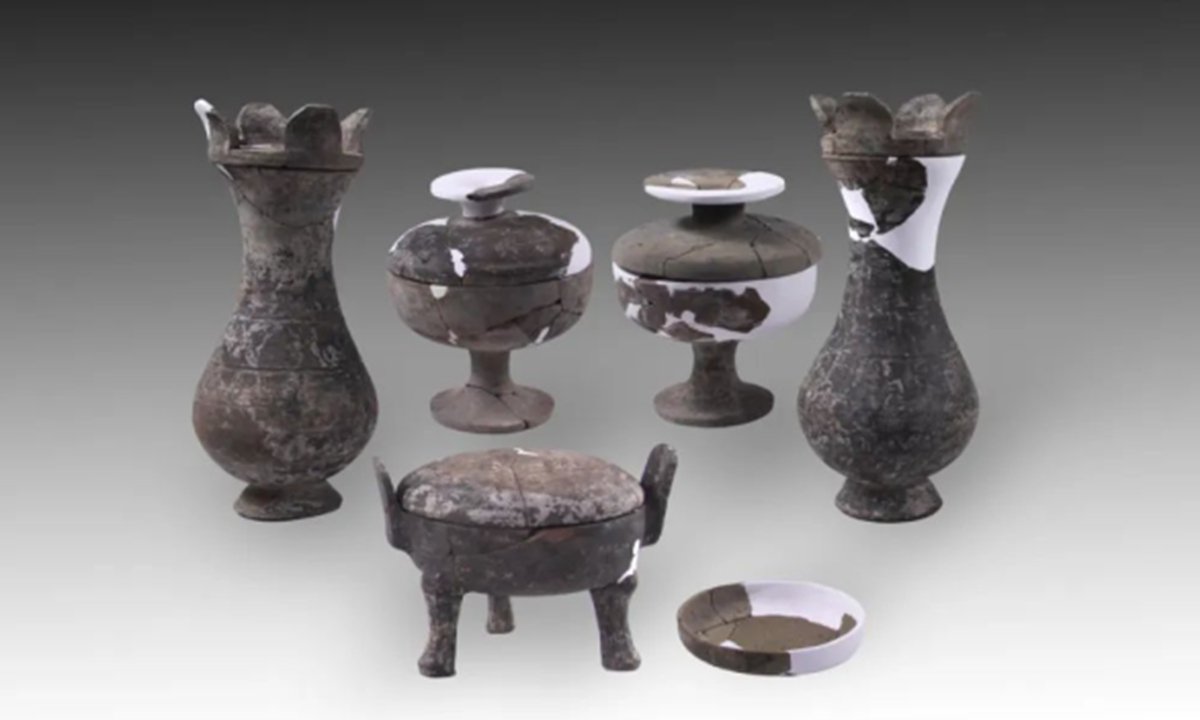In the heart of North China, nestled in the province of Shanxi, archaeologists have made a groundbreaking discovery that elucidates the rich tapestry of ancient Chinese civilization. This significant find, spearheaded by the Shanxi Academy of Archaeology, unveiled a series of 27 graves, providing tangible evidence of the profound integration between the local Shanxi culture and indigenous traditions.
These ancient graves, located in Changzhi—roughly 220 kilometers away from Taiyuan, Shanxi’s bustling capital—date back to a pivotal era in Chinese history: the Eastern Zhou Dynasty, which spanned from 770BC to 256BC. This era, noted for its cultural, political, and philosophical revolutions, was bifurcated into two critical periods: the Spring and Autumn Period (770BC-476BC) and the Warring States Period (475BC-221BC). The Changzhi graves, as revealed by Wu Junhua, the lead archaeologist overseeing the project, encompass both these periods.
Interestingly, while the graves did not house any elite nobility or their signature bronze ritual wares, their importance is undeniable. The consistent usage of this burial style over a few centuries provides an invaluable continuity, helping to bridge gaps in knowledge about funerary practices during the Spring and Autumn and Warring States Periods. Wu emphasized the cultural richness of these tombs, highlighting their potential to augment existing historical narratives.
During the excavation, a fascinating assortment of funerary artifacts was unearthed. Among these, bronze wares and pottery pieces held particular significance. Certain pottery artifacts notably deviated from the typical relics from the same time previously discovered in Shanxi. This deviation, as per Wu, bears testament to the amalgamation and evolution of the local indigenous culture with that of Shanxi.
Supporting Wu’s observations, Lin Sen, a distinguished professor from Jilin University’s School of Archaeology, stressed the cultural confluence evident from the artifacts. To him, this discovery does more than just shed light on the nuances of Shanxi’s cultural evolution. It paints a broader picture of the development of Chinese civilization itself. Lin eloquently put forth the notion that the enduring vitality of Chinese civilization stems from centuries of multi-ethnic integration, which these graves undoubtedly represent.
The strategic location of Shanxi, flanking the iconic Yellow River—often regarded as China’s cradle of civilization—underscores its seminal role in the annals of Chinese history. Recognizing the importance of such archaeological treasures, the Shanxi Cultural Relics and Archaeology Department initiated the excavation project in 2019. A notable characteristic of these Eastern Zhou tombs is their rectangular shape, accompanied by deep vertical pits, which further add to the intrigue of this significant find.
READ MORE:
